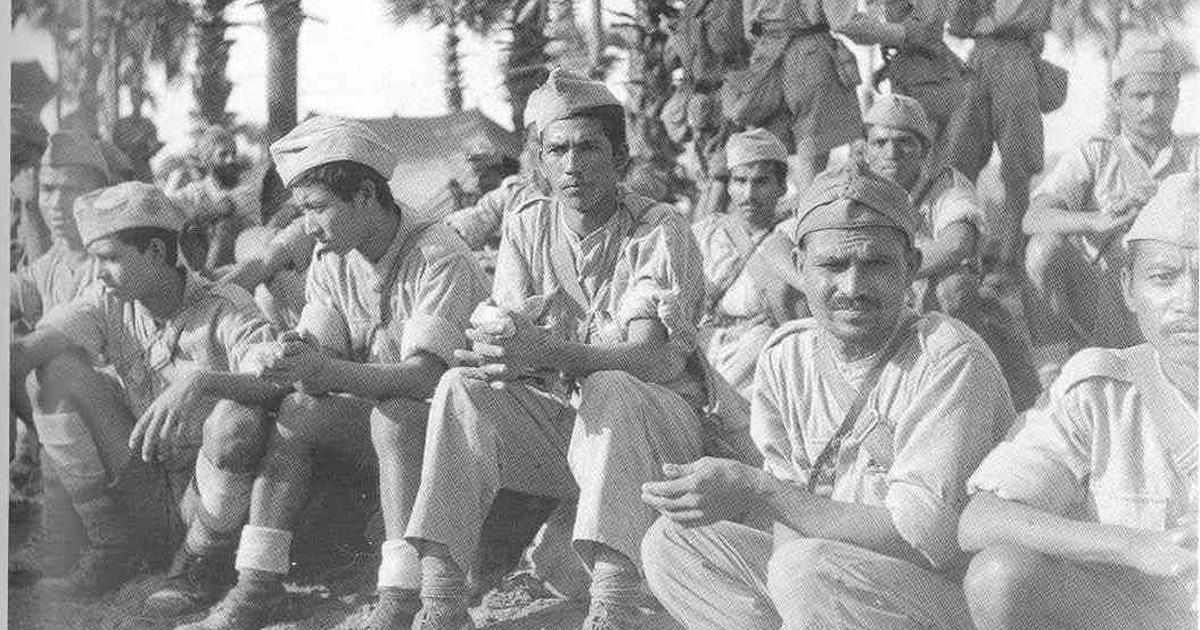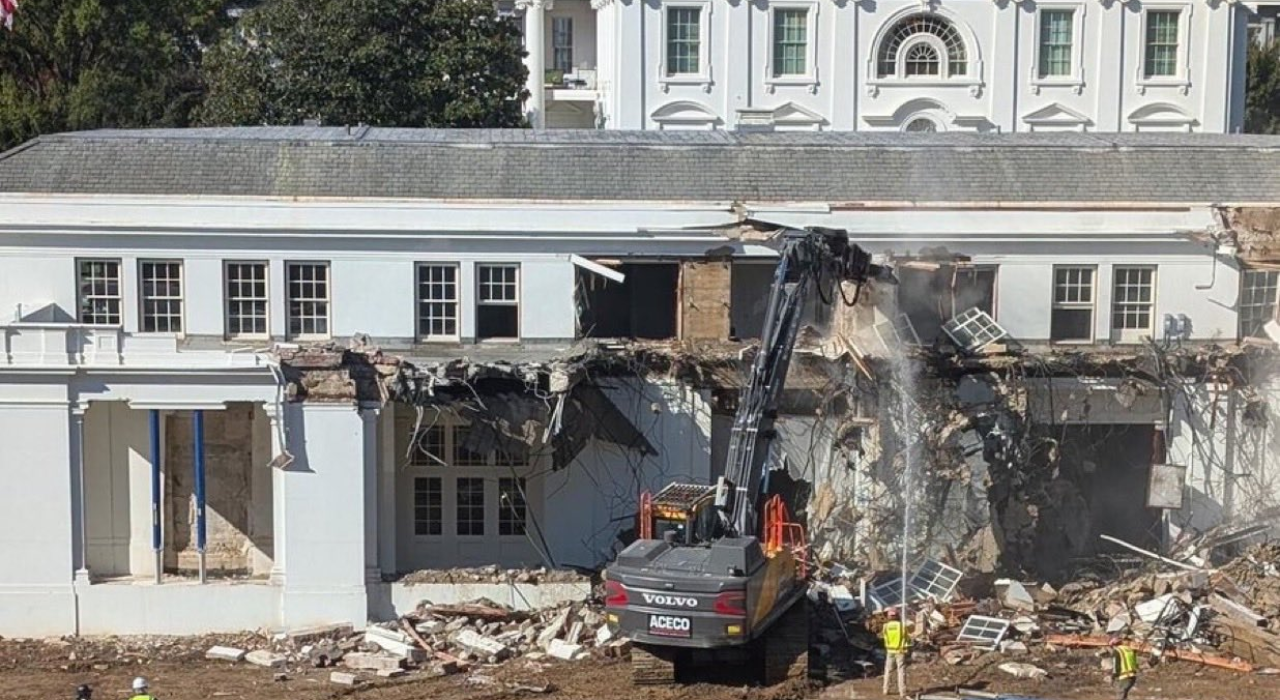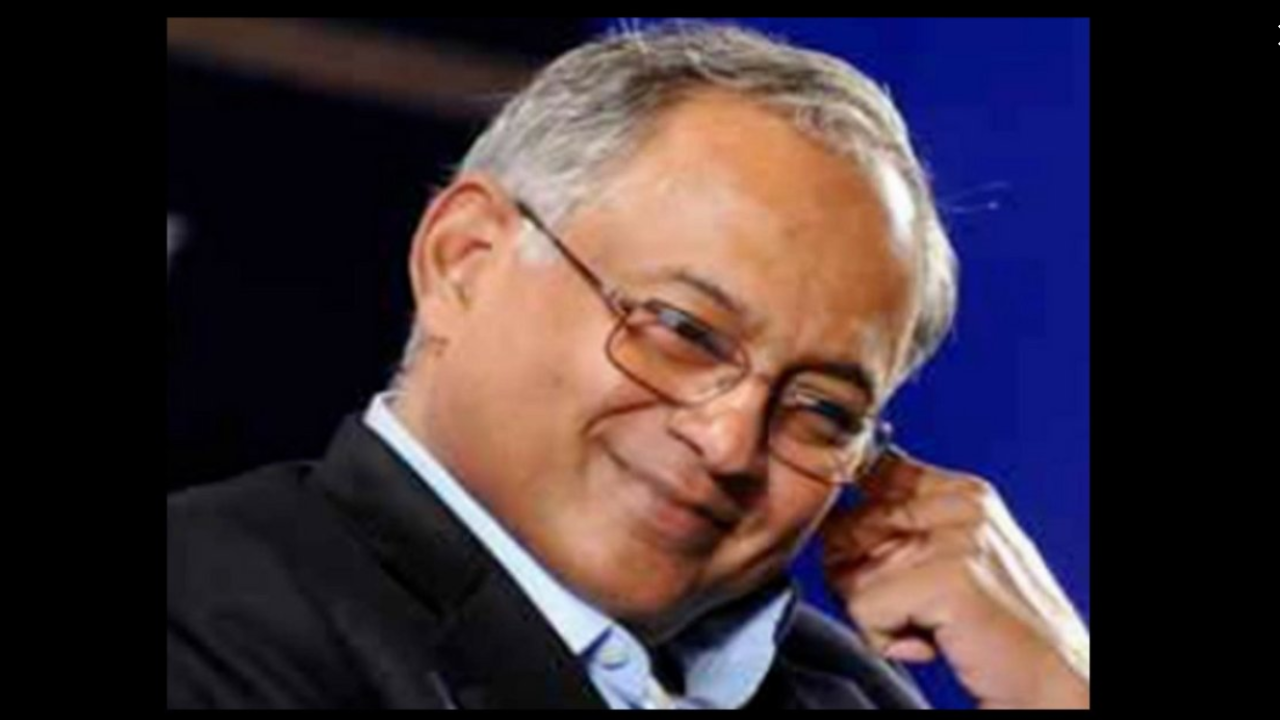‘A Queer Reading of Nawabi Architecture and the Colonial Archive’: Guide to Lucknow’s queer history

Join our WhatsApp Community to receive travel deals, free stays, and special offers!
- Join Now -
Join our WhatsApp Community to receive travel deals, free stays, and special offers!
- Join Now -

“… Wargue that the cultural vibrancy of Lucknow was due to its debauched nature. Nawabi architecture materialised – in pleasure palaces, harems, and other spatial types – as a gradual adaptation of existing formal archetypes to accommodate theatricised ways of dwelling; deviant practices of power politics; gender-bending forms of dance, theatre, poetry; and performed non-normative sexuality.
The EIC targeted the nawabs’ race, gender, sexuality, physical appearance, cultural pursuits, and architectural expression – to refute the nawabs’ efficacy as political rulers – gendering the superiority and credibility of a political leader.”
When Nawab Asaf-ud-Dawla shifted the capital of Avadh from Faizabad to Lucknow in 1775, he had no idea that he and the last of his successors would turn out to be two of those rulers whom the British loved to hate. Historians still debate why Asaf shifted his capital: some say it was to get away from his mother, Bahu Begum, others that it was to establish a more prosperous city. Whatever the reason, the result was that Lucknow gained a unique culture, some of which survives in its architecture, by way of an independent style that Asaf established during the 22 years of his reign.
That style would come to an end in 1856 –...
Read more
What's Your Reaction?
 Like
0
Like
0
 Dislike
0
Dislike
0
 Love
0
Love
0
 Funny
0
Funny
0
 Angry
0
Angry
0
 Sad
0
Sad
0
 Wow
0
Wow
0























































